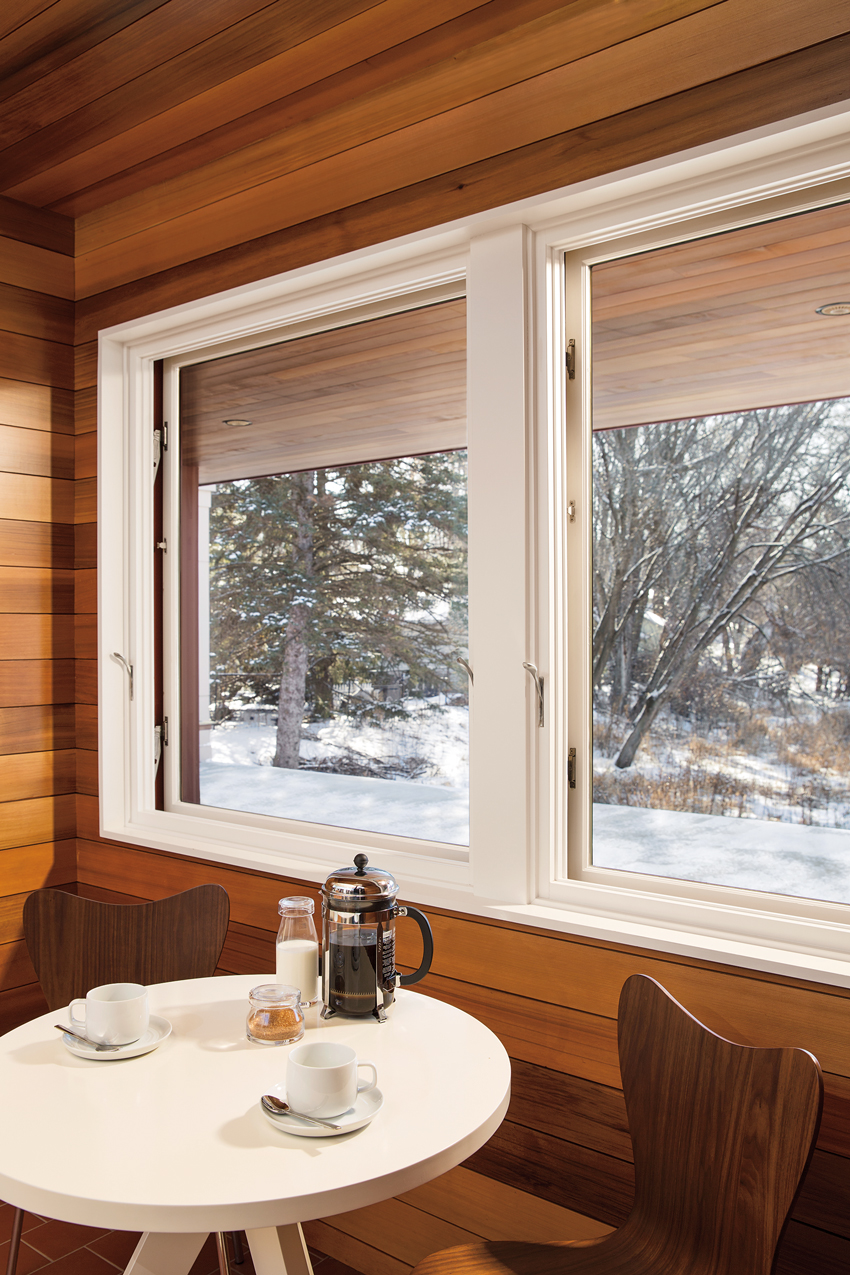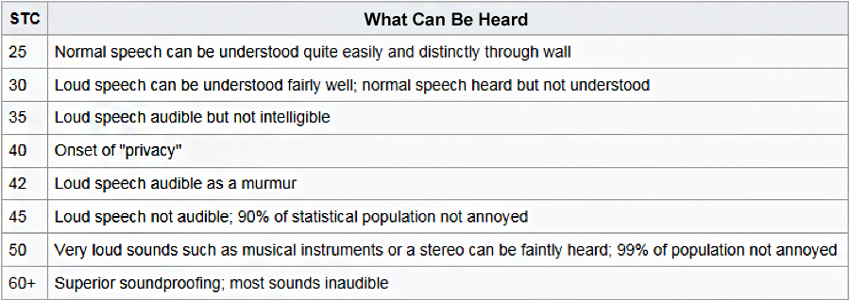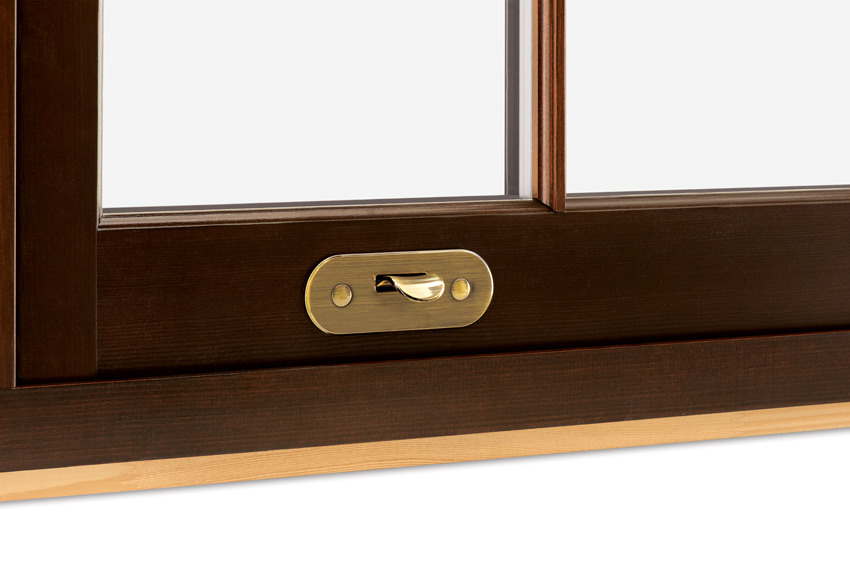How Windows and Doors Can Make a House Feel Good
 1 AIA LU/HSW; 1 IDCEC CEU/HSW; 0.1 ICC CEU; 0.1 IACET CEU*; 1 AIBD P-CE; AAA 1 Structured Learning Hour; This course can be self-reported to the AANB, as per their CE Guidelines; AAPEI 1 Structured Learning Hour; This course can be self-reported to the AIBC, as per their CE Guidelines.; MAA 1 Structured Learning Hour; This course can be self-reported to the NLAA.; This course can be self-reported to the NSAA; NWTAA 1 Structured Learning Hour; OAA 1 Learning Hour; SAA 1 Hour of Core Learning
1 AIA LU/HSW; 1 IDCEC CEU/HSW; 0.1 ICC CEU; 0.1 IACET CEU*; 1 AIBD P-CE; AAA 1 Structured Learning Hour; This course can be self-reported to the AANB, as per their CE Guidelines; AAPEI 1 Structured Learning Hour; This course can be self-reported to the AIBC, as per their CE Guidelines.; MAA 1 Structured Learning Hour; This course can be self-reported to the NLAA.; This course can be self-reported to the NSAA; NWTAA 1 Structured Learning Hour; OAA 1 Learning Hour; SAA 1 Hour of Core Learning
Learning Objectives:
- Discuss how natural light plays an important role in humans’ sleep/wake cycles and overall health and well-being.
- Define the importance of views to the health and well-being of building occupants.
- Examine how natural ventilation sources promote health and well-being.
- Understand different window and door factors that impact comfort in a person’s living environment through thermal performance, acoustical control, and operational ease.
This course is part of the Custom Home Academy
The Importance of Passive Comfort for Occupants
Of course, you want the occupants of the home you design to be comfortable—but you don’t want them to have to work hard for that comfort. They should not need to remember settings and learn complicated systems to be comfortable. The comfort your clients need should come easily and automatically in response to the laws of nature and the features you designed and included to take advantage of those laws of nature.

Photo courtesy of Marvin
Custom-home occupants want comfort to be easy.
The passively achieved areas of comfort that your clients want, need, and deserve include thermal, acoustical, and operational comfort. We’ll examine each one separately.
Thermal Comfort
Thermal comfort means in part that there are no hot or cold spots and all areas of the custom home are an equal, comfortable temperature. While high-tech, quality windows and doors contribute to energy savings since heated or cooled air is not leaking out, they also by the same efficiency add to thermal comfort. Comfort (and energy efficiency) is achieved through the use of various window technologies. Low-e coatings, frame materials, glazing types, spacers, gas fill, and weather stripping all contribute to windows that resist the flow of heated or cooled air from inside to outside.
Specific factors to consider include:
Insulating glass (IG), where two or more glass panes separate by an air space to reduce thermal transfer.
- Low-e glass, which stands for low emissivity. Microscopically thin, transparent metal or metallic oxide layers deposited on a glass surface suppress radiative heat flow and reflect interior infrared energy (heat) back to the inside, reducing heat loss through the glass. Various low-e coating options can manipulate heat gain to match different climate needs.
- Gas fills of argon or krypton mixes reduce conductive and convective heat transfers in IG air-spaces and improve thermal performance.
- U-factor measures the rate of heat loss and is usually referred to in terms of energy savings. But it also measures thermal comfort. Different custom-home clients will desire different levels of efficiency, but a “good” U-factor for a window is less than 0.30.
- In contrast, the solar heat gain coefficient (SHGC) rating measures solar radiation, or how much solar heat is admitted through a window. Low SHGC numbers are best for southern climates where there’s intense sun exposure, whereas higher SHGC values make the most sense for regions with cold winters. In both cases, proper SHGC ratings will equal thermal comfort.
- Frame materials contribute to thermal comfort. For example, fiberglass windows, whether they’re made completely of fiberglass or clad, have superior weatherization and insulation properties when compared to alternative materials. This makes them ideally suited for homes built in harsh locations and in homes where both comfort and energy efficiency are important. With its very low conductivity, fiberglass is also the best insulator among window-frame materials. And it shrinks and expands at the same rate as glass, making its air-seals as durable as the rest of the unit.
Acoustic Comfort
As we contemplate the 40,000-year history of humans, we can imagine the sounds we lived with for those millennia—wind, rain, animals, quiet. The cacophony of city or even rural life—automobiles, buses, delivery trucks, airplanes, garbage trucks, and so much more—is far from our shared history.
To ensure a quiet interior environment for occupants, consider the sound transmission class (STC) ratings for the home’s windows and doors. This is a rating for all common noises, such as television, music, and speech. The STC rating system has been around for decades, and the table below will help to compare STC-rated units with one another.

Image courtesy of Marvin
Shown is a breakdown of different STC ratings.
Although STC ratings above the mid-30s are achievable, they may compromise the aesthetics of the window through exterior combinations, interior sash panels, or creating a bulkier sash. This is often done to achieve rates of STC values that may be unnecessary for residential homes to obtain comfortable noise levels inside. It is usually not necessary to compromise aesthetics for STC. Proper specification and installation of windows with values in the high 20s will provide the acoustical comfort needed. Discussions with the window manufacturer will be useful.
Operation Comfort
While the practice of biophilic design draws inspiration from the natural world and the experiences of early humans, that is not to say that difficulty in day-to-day living is valued. Of the many benefits of modern life, being comfortable is highly valued. In terms of windows and doors, ease of use brings comfort to a home’s occupants.

Photo courtesy of Marvin
Operational comfort is increased when the locking mechanism is moved from the checkrail to the bottom sash.
“We’ve found through observation and interviews that whether they’re younger, older, able-bodied or not, every person wants a product that’s easy and effortless to operate,” says Brenda Brunk, senior product manager at Marvin Windows and Doors.
Here are examples of innovations that make windows and doors more comfortable to operate by people of all abilities.
Window-lifting lock: This feature (pictured above) moves the locking mechanism on a single-hung window from the check rail to the bottom of the sash. The human-centered benefit is that it creates easier access to open the window for all.
The idea for this lifting lock feature began with commercial projects, where windows can be extremely large. People struggled to reach the locks on these windows when it was not easy to access.
Many homeowners also struggle with trying to reach the check rail or lock on single-hung windows, especially when windows are located over a kitchen sink or otherwise not easily accessible. It can be so challenging to close them that some homeowners have had to get creative with their solutions, using long poles to reach the lock. Using this alternative lock can create a more comfortable, ergonomic window operation.
Low-profile door sill: A lower-profile door sill is another example of innovations that make life easier and more comfortable for all. Low sills create smoother transitions from indoor to outdoor spaces when indoor and outdoor surfaces are on the same plane. Low-profile sills minimize the potential for a tripping hazard for elderly adults, young children, and those with limited mobility.
Lock status system: Throughout history, we humans have always desired to feel safe in our homes. Today’s technology might provide some with a greater sense of comfort. Sensors that tie into the security system and indicate if a window or door is locked is one example of simple security that brings comfort to custom-home clients. Ideally, the system is an integrated part of the window design and is not an add-on assembly that needs to be covered with a plastic panel. The highest-quality windows manufacturers design the system into the architecture of the window, making it seamlessly invisible yet providing peace of mind.










